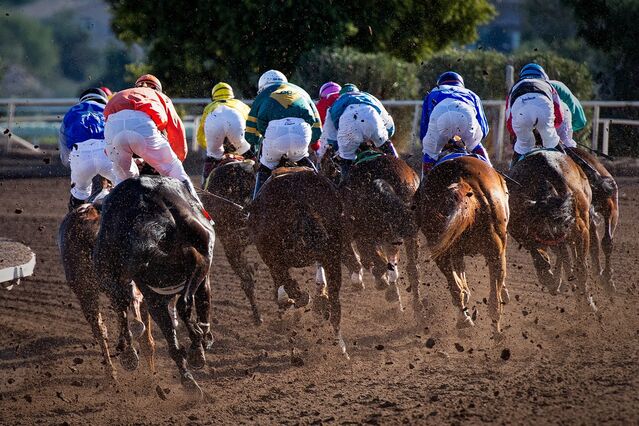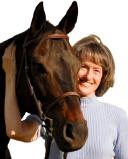Sport and Competition
What Can Be Done to Protect Racehorses?
Horse racing must change to protect horses, jockeys, and the sport itself.
Posted March 7, 2022 Reviewed by Devon Frye
Key points
- Horses are sentient beings whom we humans have a responsibility to protect.
- Racing horses too young increases injuries.
- Injuries are too often masked, ignored, or trivialized instead of treated.
- Performance-enhancing drugs endanger horses and their jockeys.

Horse racing in the United States is under fire. Decades of concern have been followed by recent record-breaking fatalities at several tracks. In 2021, the beautiful black colt Medina Spirit failed his drug test after winning the Kentucky Derby, then died during a training session on December 6. His Derby win was rescinded three weeks ago. He will be remembered as an icon of alarm to a racing industry in danger of complete obliteration.
Animal safety can be improved in all horse sports, not just racing. Our “equipment” is a living, sentient being whose health and comfort we humans have a responsibility to protect. Most trainers take that responsibility seriously. But it is true that the racing world can take steps to create a safer environment for horses and jockeys.
Horses are not mature until 5 to 7 years of age, yet their most difficult races occur at age 3. To race at 3, colts must begin training at age 2. They are not even half-grown at that time. To make matters worse, newborn thoroughbreds are considered to be one year old on January 1 of the year following their birth. This means that many “3-year-old” racehorses are in fact only 2 ½.
Physical immaturity leads to injury. The application of horseshoes to young feet constricts growth in the hoof, leading to undersized feet and contracted heels. Tremendous concussion is produced by an 800- or 900-pound colt hammering the dirt daily. This harms tendons, ligaments, joints, and bones. When it occurs on constricted feet in muddy conditions, the damage is even worse. As the body compensates for harm in one area, it produces pressure on other areas which can also break down.
Each time an injury occurs, training time is lost. Because the top colts have to race at age 3, not 4 or 5, a narrow window of timing places pressure on everyone—horses, trainers, jockeys, and owners.
The upshot is that these equine youngsters are expected to run when instead their bodies need rest. By the time they approach adulthood, many racehorses are no longer sound enough to run, but they haven’t been trained to do anything else.
Doping is prominent in many human sports around the world, so it’s no surprise to see it in horse racing. You have a very expensive animal with the talent to win, but an injury. If you slow his training to allow recuperation, he will miss the tiny window of competition that is available to him. Huge sums of money are involved. It doesn’t take a brain scientist to figure out that this is a recipe for unethical decisions.
Drugs used in horse sports can relieve pain, reduce swelling, and aid in recovery. Some of them are necessary forms of treatment, certainly more humane than leaving an animal to suffer. But they are intended to be accompanied by rest or very mild exercise, not high-speed racing.
Some racehorse medications do not address injuries or illnesses at all—they are used strictly to enhance performance by artificial means. These include drugs that boost thyroid function, increase blood circulation, deepen breathing, and ramp up metabolism to abnormal levels. Others mask lameness or counter bleeding from the lungs. A few dehydrate the horse prior to a race to reduce his weight in hopes of shaving a few seconds off his racing times.
Aside from the harm done to needlessly medicated horses, drugs impair jockeys’ safety as well. Standing on top of a young animal running 40 mph is dangerous to begin with. Only your toes are clinging to the edge of the stirrups, and you’re surrounded by other baby horses carrying precariously perched riders at top speed, often slip-sliding through deep mud. Doing that on a colt who is drugged and therefore much less reliable? No, thank you.
Age, soundness, and drugs are the primary problems in horse racing today. All of them can be solved with a small number of changes that would save jockeys’ injuries, horses’ lives, and a sport that could attract caring people to all areas of equine enterprise. I’ll explain how in my next article.


